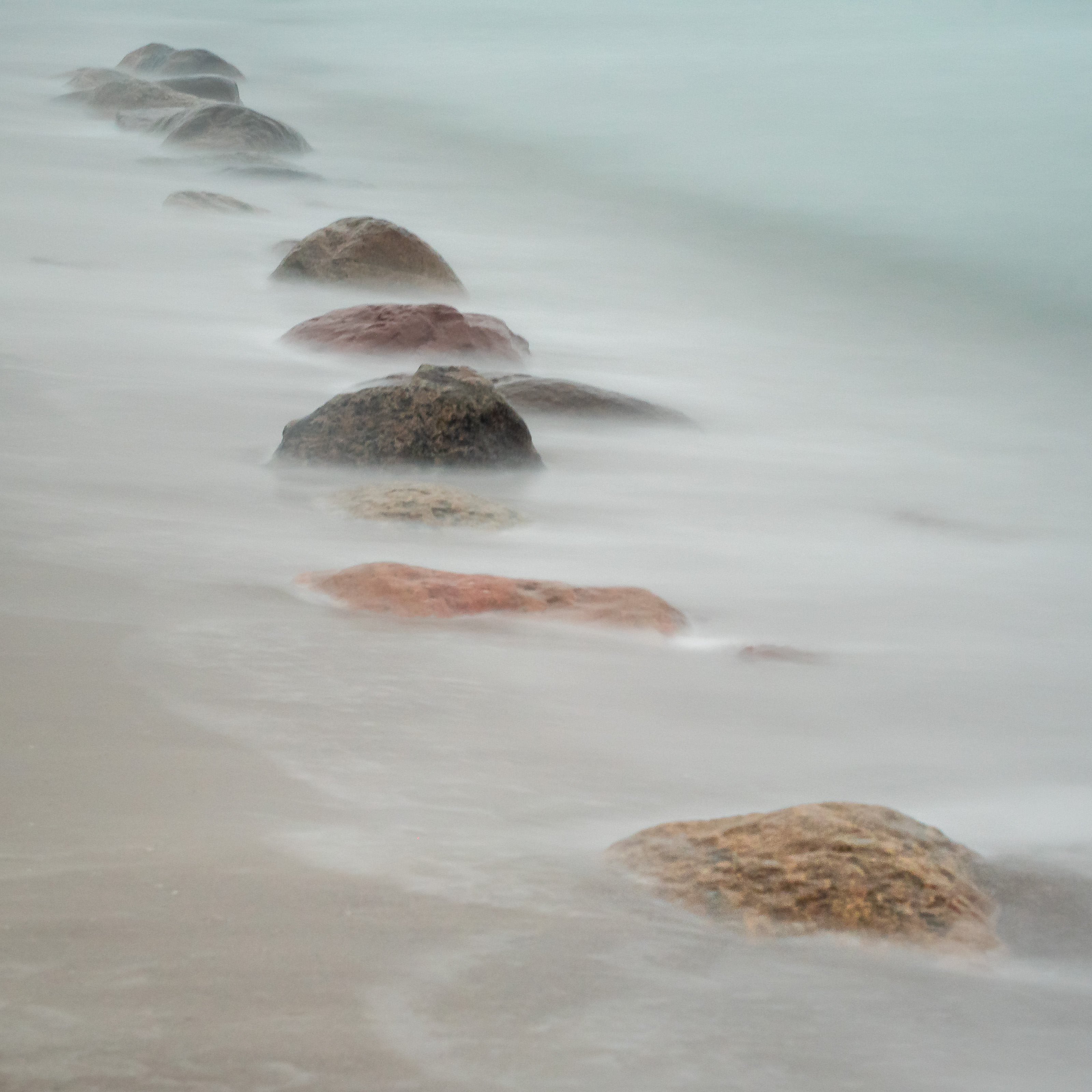An ND-filter or a neutral density filter is like a pair of sunglasses that you put in front of your lens. The purpose it to reduce the amount of light that hits the sensor, just like you want to protect your eyes from the strong light on a sunny day.

The point with an ND filter is to allow you to keep the shutter open for longer time without clipping the highlights in your picture or in other words simply avoid that you over expos your picture.
Why would you then want to keep the shutter open for a long time? Take a look at the picture below. It is taken over several seconds. The stones of course do not move, while the waves of the sea are reduced to pure silk. Moving parts become blurred, stationary items stay sharp. That is one effect you can get with an ND filter. You can also shoot waterfalls, harbors, etc. with this technique and get similar results.

Another application is simply that there is so much light that even when you shoot at the fastest shutter speed your camera offers and base ISO, you still get too much light. Then an ND filter – like sunglasses – comes in handy to reduce the amount of light.
You can also use the long shutter opening to move the camera instead, and this is what is done in intentional camera movement where you move the camera to create a blurry effect.
ND filters come in variable and fixed ones. I prefer the variable, because I can then turn the ring to reduced effect (ND8), so I can actually see what I am shooting and then once focused, return the ND filter strength to full throttle (ND2000) and get the most out of the filter. If you have a filter with a fixed value, you typically find you have to take it off the lens in order to focus, and the re-mount to take the picture. The variable filter saves you a bit of work.
The light reduction your ND filter yields is typically measured in ND values – if you look at the picture of my ND filter above, you can see it ranges from ND8 to ND2000. That is a reduction of 3 stops to 11 stops. That is a lot! You may be able to get by with less than that.
ND filters are not cheap, and you want to get a good one. The “neutral” in ND is to be taken very literally – you don’t want the ND filter to change the color or toning of the light. It should really stay neutral. Cheap filters unfortunately often has this un-wanted side effect. Make sure you get a filter with good reviews – it is quite expensive, yes, but you will not enjoy a filter that alters the colors. Believe me – been there, seen it, done that. Not to be repeated.

One thought on “What is an ND-filter?”